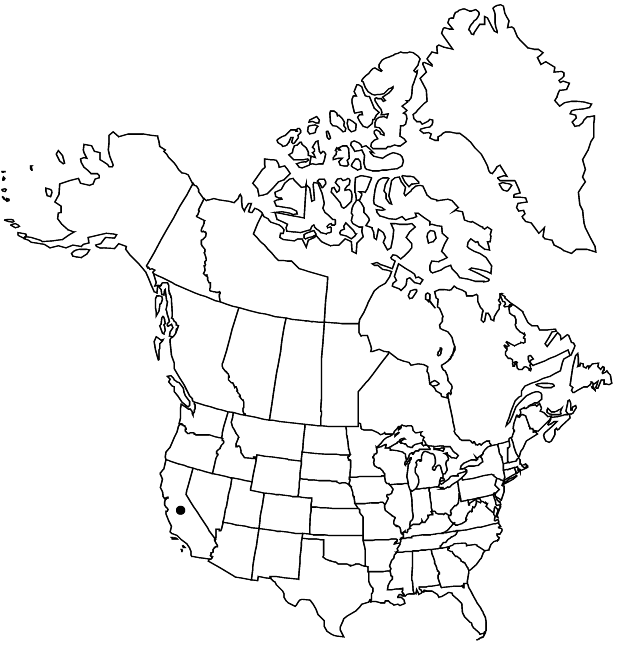Difference between revisions of "Lithophragma cymbalaria"
Fl. N. Amer. 1: 585. 1840 ,.
FNA>Volume Importer |
imported>Volume Importer |
||
| (5 intermediate revisions by 2 users not shown) | |||
| Line 7: | Line 7: | ||
}} | }} | ||
|common_names=Mission woodland star | |common_names=Mission woodland star | ||
| + | |special_status={{Treatment/ID/Special_status | ||
| + | |code=E | ||
| + | |label=Endemic | ||
| + | }} | ||
|basionyms= | |basionyms= | ||
|synonyms={{Treatment/ID/Synonym | |synonyms={{Treatment/ID/Synonym | ||
|name=Tellima cymbalaria | |name=Tellima cymbalaria | ||
|authority=(Torrey & A. Gray) Steudel | |authority=(Torrey & A. Gray) Steudel | ||
| + | |rank=species | ||
}} | }} | ||
|hierarchy=Saxifragaceae;Lithophragma;Lithophragma cymbalaria | |hierarchy=Saxifragaceae;Lithophragma;Lithophragma cymbalaria | ||
| Line 35: | Line 40: | ||
-->{{#Taxon: | -->{{#Taxon: | ||
name=Lithophragma cymbalaria | name=Lithophragma cymbalaria | ||
| − | |||
|authority=Torrey & A. Gray | |authority=Torrey & A. Gray | ||
|rank=species | |rank=species | ||
| Line 49: | Line 53: | ||
|publication title=Fl. N. Amer. | |publication title=Fl. N. Amer. | ||
|publication year= | |publication year= | ||
| − | |special status= | + | |special status=Endemic |
| − | |source xml=https:// | + | |source xml=https://bitbucket.org/aafc-mbb/fna-data-curation/src/2e0870ddd59836b60bcf96646a41e87ea5a5943a/coarse_grained_fna_xml/V8/V8_156.xml |
|genus=Lithophragma | |genus=Lithophragma | ||
|species=Lithophragma cymbalaria | |species=Lithophragma cymbalaria | ||
Latest revision as of 22:41, 5 November 2020
Plants slender. Flowering stems simple, 20–40 cm. Leaves in basal rosette and cauline, basal weakly 3-lobed, cauline (2), opposite, (1 pair), deeply 3-lobed, reduced, similar to basal; stipules narrow, not decurrent on petiole, (margins fimbriate); petiole to 9 cm; blade dark green or reddish green, reniform, (base ligulate), surfaces sparsely hairy. Inflorescences solitary flowers or 1–3, (lax), nodding, 2–5(–8)-flowered racemes, simple, (10–40 cm). Pedicels 1.5–2 times longer than hypanthium. Flowers persistent, fragrant, vertical; hypanthium turbinate, elongating in fruit, open at throat, (length 2 times diam.); sepals erect, becoming wide-spreading after anthesis, triangular; petals (exserted), widely spreading, white, ovate, narrowly clawed, unlobed, (bowl-shaped), 4–8 mm, ultimate margins entire; ovary 1/2 inferior; styles included in fruit; stigma papillae apical. Seeds 0.4 mm, tuberculate (tubercles in 3–19 rows, blunt or spinelike). 2n = 14 + 1.
Phenology: Flowering Mar–Apr.
Habitat: Shady oak-manzanita/arbutus woodland, mountainous regions, drainage courses
Elevation: 0-2000 m
Discussion
Lithophragma cymbalaria is the only species of the genus with a single pair of opposite cauline leaves. It shows a high degree of self-compatibility, with abundant seeds produced; it may produce abundant bulbils. It is found from Stanislaus County to Santa Barbara County including the northern Channel Islands.
Selected References
None.
